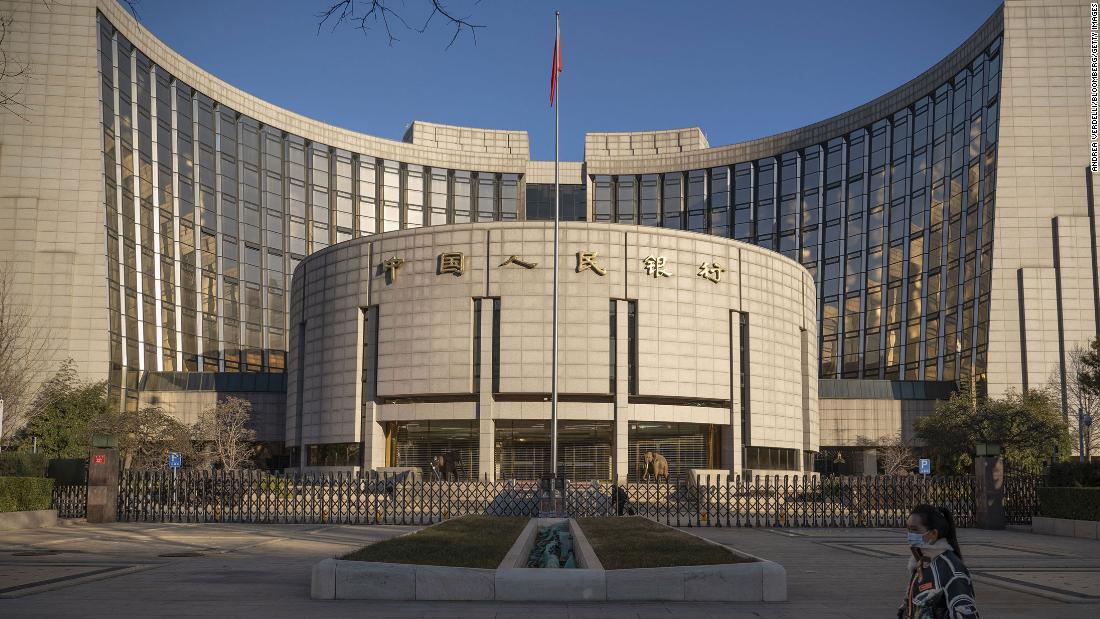Alright folks, buckle up! The National Standardization Administration of China (SAC) just dropped a bombshell – the ‘Guidance on Building a Digital Standard System.’ And let me tell you, this isn’t just some dry, technical document. This is China making a serious play to solidify its position in the digital future, and honestly, it’s about damn time.

The new guidance, a six-part roadmap encompassing everything from reference architecture to implementation, is designed to build a robust, tiered, and frankly, smart standard system. Think of it as laying the groundwork for a digital economy that isn’t just big, but fundamentally sound.
But here’s where things get real. This isn’t just about having standards. It’s about owning the standards. It’s about controlling the narrative around technology, and ensuring that China’s digital infrastructure doesn’t just keep pace, but leads the charge.
So, what’s in this guidance? It clearly outlines the structural logic of the system, maps out a clear path for implementation, and highlights key areas for standard development. Frankly, it’s a pretty comprehensive plan.
Let’s break down what’s key here – Standard Digitization 101:
Standard digitization is the process of converting traditional physical standards into digital formats. This allows for greater accessibility, automation, and integration with emerging technologies.
It’s not just about making things digital; it’s about making them interoperable. Different systems need to talk to each other seamlessly for a digital economy to truly thrive. Standards ensure this happens.
This also creates a more efficient and transparent process for standardization. Updating and sharing standards becomes significantly easier and faster.
The move also reflects a larger global trend of nations trying to exert greater control over their technological infrastructure and protect their data. China is simply being assertive, and honestly, pretty strategic about it.
The SAC isn’t stopping here. They’re forming a nationwide standardization working group and actively monitoring both domestic and international digital developments. Expect this guidance to evolve, to get even more refined. Because let’s face it, the digital world doesn’t stand still, and neither should China’s standard system. This is a serious move, and the implications are huge.






